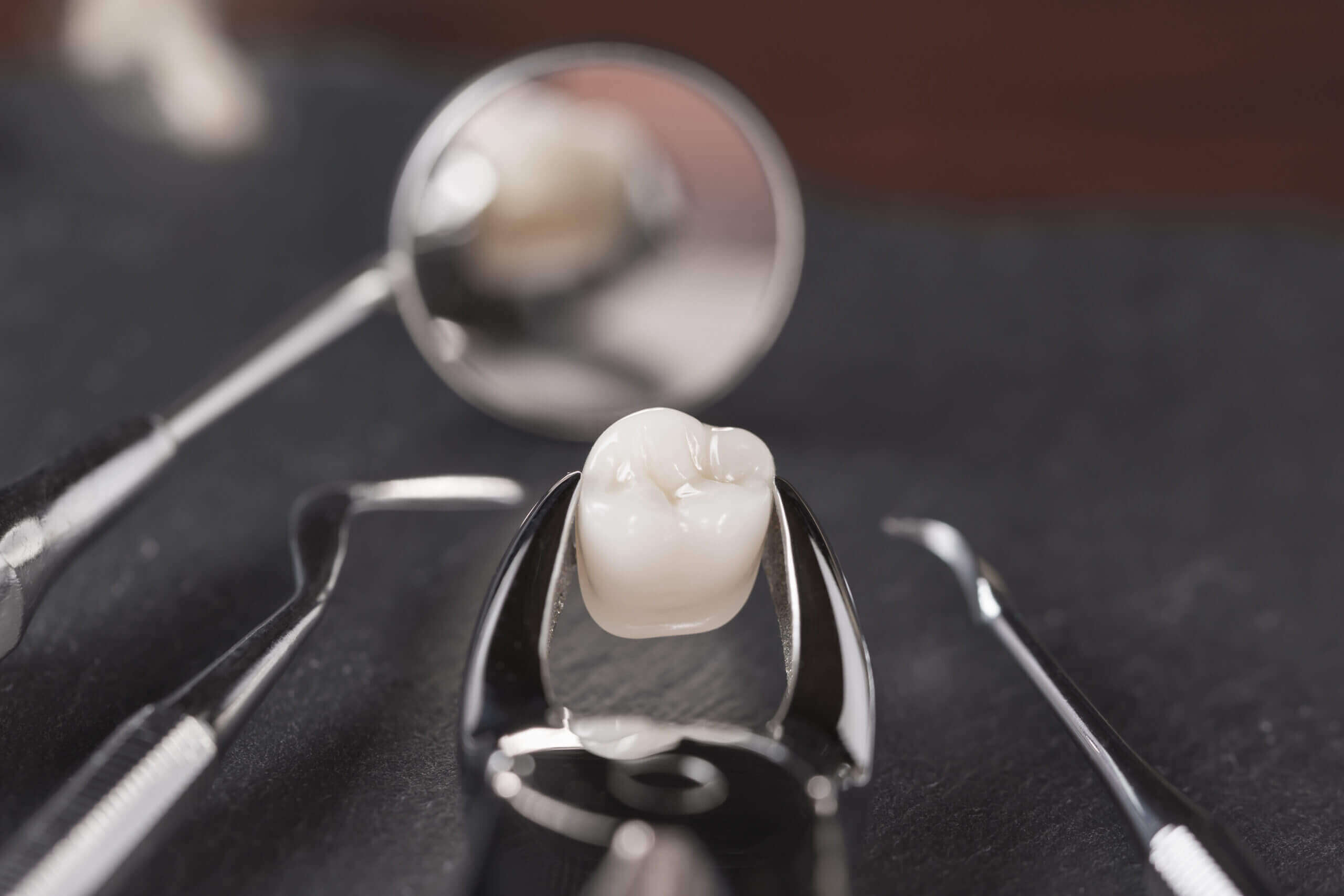
Do You Need a Tooth Removed?
Tooth removal or ‘extraction’ refers to the permanent removal of a tooth from a socket. Your Melbourne, FL dentist may remove a tooth manually using forceps or surgically. Teeth are removed for a wide range of reasons, such as when they become damaged, infected, or diseased. An extraction may also be recommended in the case of overcrowding or impacted wisdom teeth.
Not sure if you need a tooth removal? Learn what symptoms could signify the need for an extraction and how the procedure is performed.
Signs a Tooth Extraction Is Needed
Monitoring your smile for signs of dental problems is just as important as daily brushing and flossing. Pay attention to your teeth and the way they look and feel to ensure that problems are caught early. Certain signs could indicate a need for an extraction. These include:
- Infection– If your tooth is severely infected and decayed past the point of restoration, your Melbourne, Florida dentist may recommend having it pulled. Some infections do not respond well to antibiotics and a dental crown may not be a viable option depending on the severity of the damage. Failure to remove an infected tooth can result in the spread of infection to healthy teeth and tissue.
- Crowding – Teeth crowding can occur for a variety of reasons. Some of your teeth may have grown more than the others or have shifted in the wrong position. You may have a double tooth or suffer from severe malocclusion. When a case of crowding puts neighboring teeth at risk, removal may be necessary to prevent damage and relieve associated symptoms like jaw pain.
- Fracture – A tooth can become fractured due to a blow to the mouth or another injury. When these accidents occur, the dental pulp is often exposed which can result in tooth pain and sensitivity. Fractured teeth are more likely to become infected and decayed. To remove the remaining structure of the fractured tooth, your dentist may recommend an extraction.
- Advanced Gum Disease – Advanced periodontitis refers to the final stage of gum disease. In this stage, the gum tissues have suffered extreme damage and the tooth is likely loose. When a case of advanced gum disease develops, removal is often the only viable course of action.
- Overcrowding – One of the most common causes of removal is overcrowding. Crowded teeth can lead to chronic stress headaches, jaw pain and increased clenching. Removing one or more teeth can help fix crowding and improve a person’s health and well-being.
Tooth Extraction Procedure: Explained
The steps involved in an extraction will vary depending on whether your tooth is visible or impacted. If it is visible, your dentist may perform a simple removal. During this procedure, you will receive a local anesthetic to numb the area around the tooth. Once numbed, you will only feel pressure, not pain. Your dentist will then use an instrument called an elevator to gradually loosen the tooth. Once loose, a pair of forceps help pull it from its socket.
If a tooth is not visible in the mouth or impacted, it may need to be surgically extracted.
During a surgical extraction, you may receive both local anesthesia and intravenous anesthesia. Together, these medications will help eliminate pain and make you feel calm and relaxed. The dentist will make a small incision into the gum around the tooth and pull out the pieces. In some cases, the tooth may need to be cut into pieces for easier extraction.
It normally takes just a few days to recover from the procedure. There are some steps you can take to make the recovery period go smoother, such as applying an ice pack to your cheek periodically to reduce swelling, taking any medications as prescribed, and relaxing for the first 24 hours. Do not smoke, do not use a straw for the first 24 hours, and brush and floss your teeth as normal while avoiding the extraction site. Start with soft foods and slowly introduce normal foods into your diet.
Contact Artistic Touch Dentistry
For more information about an extraction or to schedule an appointment with our Melbourne FL dentist, contact Artistic Touch Dentistry.

